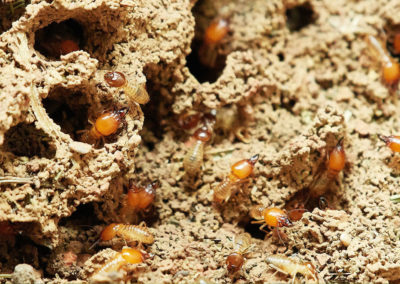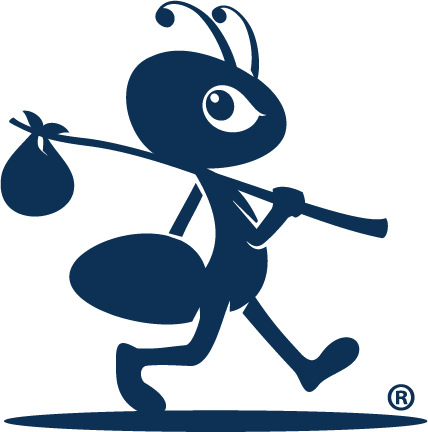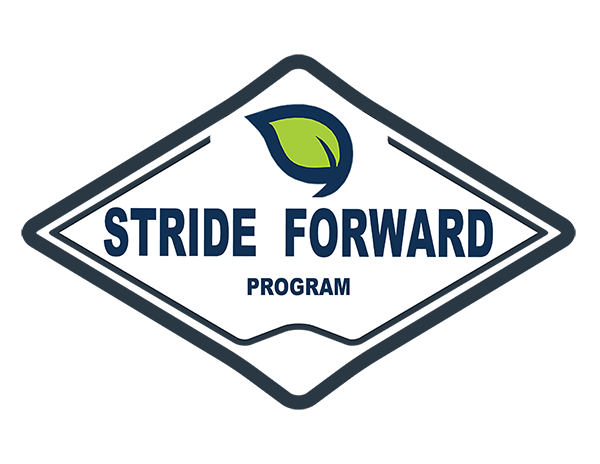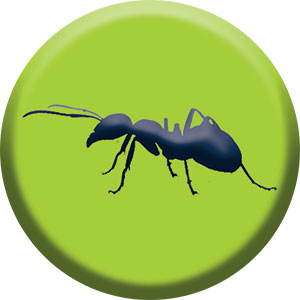
GENERAL PEST CONTROL
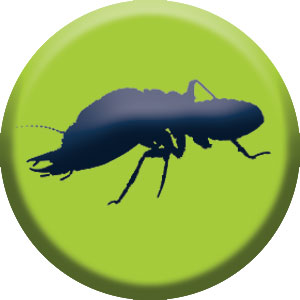
TERMITE CONTROL
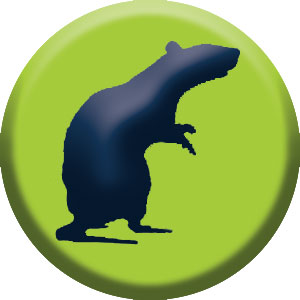
RODENT CONTROL
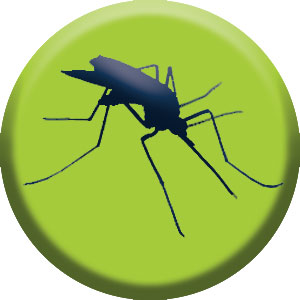
MOSQUITO CONTROL
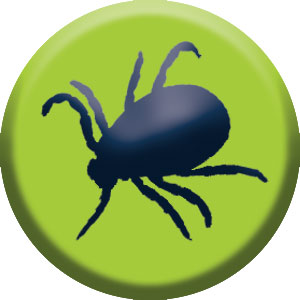
FLEA/ tICK/ cHIGGER CONTROL
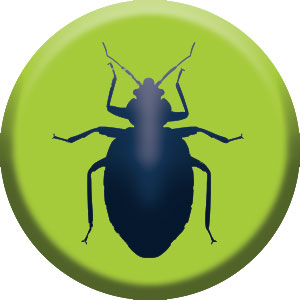
BED BUG CONTROL
Austin Termite Control
A Question of Basic structure
Are you a builder or a destroyer? When it comes to the infrastructure of your building, Termites are destroyers! Offering same-day service, we promise to quickly eradicate the problem.
Billion Dollars In Structural Damage/Year in U.S.
%
Have Experienced Termite Damage
%
Have Never Had Their Property Inspected
Termite Control in Austin, Texas
To prevent the damage termites cause, it is crucial to know how to identify this pest, and prevent them from getting inside your home in the first place. When prevention tactics are not enough, which is often the case, it is time to speak to a Texas termite control company that can eliminate the problem.
Click on any heading below to learn more about Stride’s Control Process.
Inspection
We will review all accessible locations for signs of termite infestation and damage – both past and present. We look for visible signs, including Wood Damage, Mud Tubes, Discarded Wings, Termite Exit Holes, and Termite Droppings. We also look for moisture issues and wood-to-ground contact that can be conducive to termite activity.
Identification
Termites can be difficult to identify and locate without the proper knowledge and tools. The most common species in central Texas are subterranean, but in some cases, it may be another species of termite or even ants.
Recommendation
We also note all conducive termite conditions and make recommendations for correction.
Treatment
To treat Subterranean Termites properly, we dig a small trench around the entire foundation (1-2” deep). This trench helps the products flow down and be absorbed into the soil surrounding the structure. If concrete is abutting the home or business, we may need to drill a few small holes. We use Termidor® HE, the highest grade termiticide on the market – giving you up to 15 years of protection from and control of termites in Austin. We also treat the plumbing penetrations making sure there is no way termites can access your home or business.
Evaluation
All of our termite treatments come with a 1-year written warranty which can be extended up to 15 years for an annual fee. As part of the renewal, we offer a complimentary inspection to make sure there is no new activity. We also note all conducive conditions and make recommendations for correction. This warranty is fully transferable if the home is ever sold.
What Types of Termites are Most Common in Texas?
There are two main types of termites in Texas, and those are southeastern drywood termites, and formosan subterranean termites. However, the native subterranean termite is much more common than the drywood in Central Texas. Formosans are also subterranean, but do just about double the damage as the native.
Most of the damage done to homes by termites in Texas, and throughout the entire country, is done by subterranean termites. Subterranean termites live in the soil and they build large nests around a home that connects them to their food source of cellulose. That food source can include wooden fences, trees, and of course, the wood within a home. The formosan subterranean termites that are common in Texas are the most aggressive type of termite and they will destroy a wooden structure faster than any other subterranean termite. Formosan subterranean termite colonies expand very quickly, and they can contain millions of termites.
Drywood termites swarm in Texas during the early spring through to the fall. Drywood termites do not use the soil to tunnel into a home the same way in which Formosan subterranean termites do. These types of termites will not only feast on the rooting wood found within a home’s structure, but they will also quickly chew through healthy wooden structures looking for the cellulose that is their food source.
How to Identify a Termite Problem
It is important for all homeowners to know the signs of a termite problem, to reduce the amount of damage these pests do. Some of the most common signs of termite activity to watch for include:
- Mud tubes: Subterranean termites create mud tubes to connect their underground colonies with the above-ground food source. Mud tubes also protect the termite colony, and they also help termites conserve water. While you can see these mud tubes, they are not very large, as they are made from small particles of wood and debris, as well as soil.
- Shed wings: Termites sometimes leave a colony to form a new one and when they do, they swarm. Swarming typically occurs in colonies that are more mature and it is not uncommon for it to happen up to twice a year. After termites have found the new location for their colony, the termites will shed their wings, as they are no longer useful. You may find these wings on window sills and other surfaces, as well as in spider webs. Swarming usually happens in the morning and afternoon, when many people are at work, so homeowners do not usually see the actual activity, but the remnants left behind.
- Droppings: Just as with any other pest that enters a home, termites will leave droppings behind as they move through a home. Termite droppings look a lot like sawdust, but they do have a unique difference. Specific to the drywood species, termite droppings have six sides and look like little granules.
How to Prevent Termites
Of course, the best way to deal with termites is to take certain steps to prevent them from ever entering your space in the first place. The best termite prevention tips are as follows:
- Block access: Termites will use gaps and cracks in utility lines and exterior wooden structures of the home to get inside. It is important to seal these areas so you block the termites from entering your home.
- Remove the food source: Many Texans have wooden structures on the exterior of their home. As best as possible, it is important to have items such as wooden siding off the ground, so they do not attract termites. You may also have many items outside your home that contain cellulose, such as mulch, firewood, and more. Either remove these items from your yard or use alternatives, such as cellulose-free mulch.
- Treat wooden items: Sometimes, there are wooden areas on the exterior of the home that cannot be lifted off the ground. When this is the case, the wood must be treated with a spray that will repel termites and keep them from accessing the home. Dead wood, such as rotting trees and firewood, will also attract Drywood termites, so it is important to inspect these areas regularly or remove them entirely.
- Remove moisture: Like any other living thing, termites need water to survive. They may invade your yard, and eventually your home, if you provide this water through leaky plumbing, or damp basements and crawl spaces.
- Regular inspections: Of course, conducting regular inspections of your home, particularly in areas that contain wood, is a great way to spot an infestation as soon as possible, and stop it before it gets out of hand.
Our Termite Control Experts in Austin Can Help with Your Problem
Termites will quickly move through a home, causing great destruction as they do. If you believe you have a termite problem, our Texas termite control experts at Stride Pest Control can get rid of it, and make sure it does not return. Call us today at (512) 777-1339 or contact us online to schedule a free consultation.
Austin Pest Control & Exterminator Services Near Me: Our pest control company is located in Austin, Texas, but we service the Greater Austin area, including Austin, Round Rock, Cedar Park, Pflugerville, Georgetown, Hutto, Leander, Kyle, Jollyville, Brushy Creek, Lakeway, Wells Branch, Anderson Mill, Elgin, Buda, Taylor, Shady Hollow, Manor, and more.
San Antonio Pest Control & Exterminator Services Near Me: We offer expert pest control to the following San Antonio, Texas areas: San Antonio, Cibolo, Converse, Schertz, Timberwood Park, Leon Valley, Live Oak, Selma, Universal City, Alamo Heights, Helotes, Lackland AFB, Terrell Hills, Windcrest, Castle Hill, Stone Oak, Hollywood Park, Hill Country Village, Shavano Park, and more.
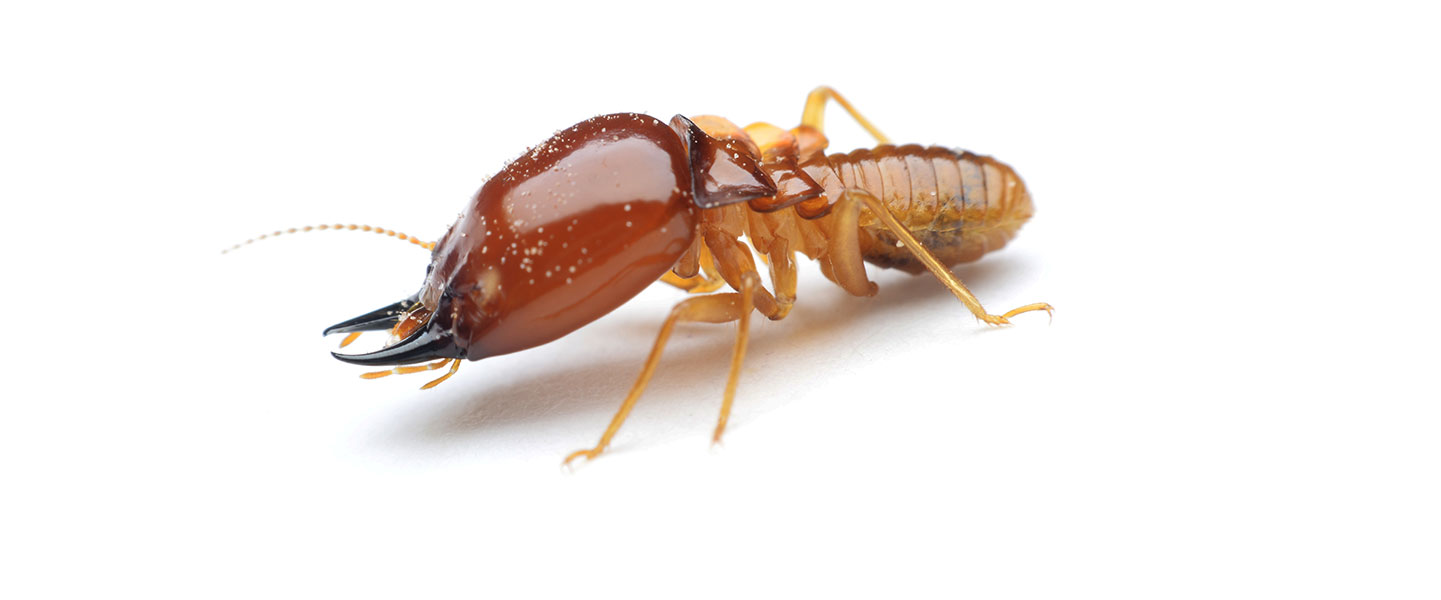
Learn more about termites by clicking below.
We Aim to Bring You
The Best Possible Service
General Service Information
At Stride, we only use the best products and safest industry practices. The best possible pest control service in the nicest possible way.
Eco-Based Strategy Program
Keeping your property and infrastructure free of unwanted insects and rodents works best when we work together. Find out more about this great program.
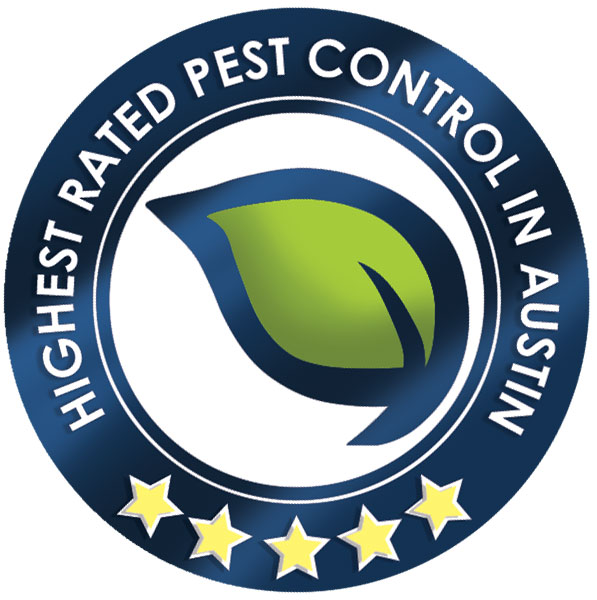
Highest Rated Service
Stride Pest Control is the highest rated pest control company in the Austin Area. Don’t settle for anything but the best service.
GET A FREE CONSULTATION TODAY!
Get a FREE Consultation



